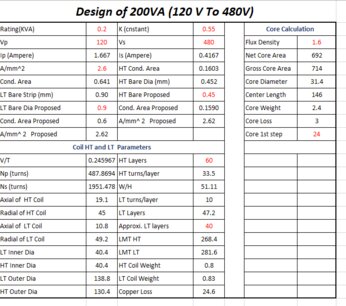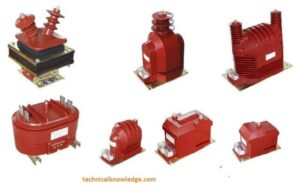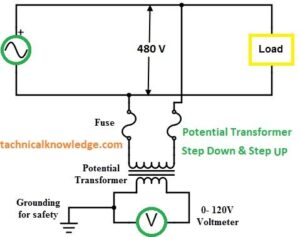
480 to 120 Potential Transformer
Instrument and potential transformers are frequently used to step down the high voltage and currents associated with electric power transmission and distribution systems to a level that is safer to measure since it is difficult to do so. This is because protective relays and measuring meters or instruments have low voltage, which makes it impossible to connect them directly to high voltage circuits for measuring and protecting the system. Additionally, PT is used in household appliances for voltage step-down, such as a 480V to 120V potential transformer, or for voltage levels other than those required.
Such transformers separate the measuring or protective circuit from the main circuit, which is operating at high power levels, in addition to reducing the voltage and current levels.
While potential transformers convert high voltage into a circuit operating at low voltage, current transformers decrease the level of current to the range at which an instrument or relay can operate. We will go into great depth regarding the 480V to 120V potential transformer in this post.

How does the Potential Transformer work?
A voltage step-down transformer called a “potential transformer” reduces the voltage of a high-voltage circuit to a lower level for measurement or supply of voltage. These are attached either parallel to or across the line that has to be monitored. This transformer operates and is built on a similar fundamental basis as a typical power transformer. Potential transformers are frequently referred to as “PT.”

The primary winding has many turns and is connected to the high-voltage side or the line that has to be protected or where measurements need to be taken. The secondary winding, which connects to voltmeters, relays, other control devices, machines, or potential coils of watt meters and energy meters, has less turns. Potential transformers can be either single-phase or three-phase devices. These are made to have a secondary output voltage of 120 V regardless of the primary voltage rating.
Due to the high impedance of other meters’ voltmeters and potential coils, only a limited amount of current passes through the secondary of the PT. As a result, PT functions as a typical, unloaded, two-winding transformer. The VA ratings of PTs are low, ranging from 50 to 200 VA, as a result of the PT’s low load (or burden). For safety purposes, one end of the secondary side is attached to the ground, as seen in the image.
The transformation ratio is described similarly to the standard transformer as
V1/V2 = N1/N2
If the voltmeter measurement and transformation ratio are known, the high-voltage side voltage may be calculated using the equation above.
Potential Transformer Construction
Potential transformers, often known as PTs, use larger conductor diameters and cores than ordinary transformers. The increased precision of PTs is ensured by their design; therefore, the cost-effectiveness of materials is not a primary consideration.
Potential transformers are made with a unique, high-quality CRGO core that works at lower flux densities. This keeps the magnetizing current low and the load losses low. For a potential transformer, it is best to use both core and shell-type structures. Core-type PTs are utilized for high voltages, whereas shell-type PTs are recommended for low voltages.
Co-aaxial windings are used for both primary and secondary applications to reduce leakage reactance. Low-voltage secondary winding is positioned close to the core in order to lower the cost of insulation. Additionally, to minimize the insulation between coil layers in high voltage PTs, the high voltage primary is separated into portions of coils. Laminations made of cotton tape and disappeared cambric are applied to these windings. There are stiff filament separators inserted in between the coils.
These are carefully constructed to have the least amount of phase shift between the input and output voltages and to maintain the minimum voltage ratio despite changes in load. For high voltage levels, PTs with oil are employed (above the range of 7 KV).

Uses for Potential Transformer
- Systems for measuring electricity
- Customize voltage for small machines
- systems for electrical protection
- protection of feeders from a distance
- Grid and generator synchronization
- Generator Impedance Protection
“Measurement voltage” or “potential transformers” refers to the category of potential transformers used for metering. On the other side, protection voltage transformers are the name given to PTs employed for protection. PTs can be used for both metering and protection in some circumstances. In these situations, one secondary winding is linked for metering while the other secondary winding is used for protection.

Leave a Reply